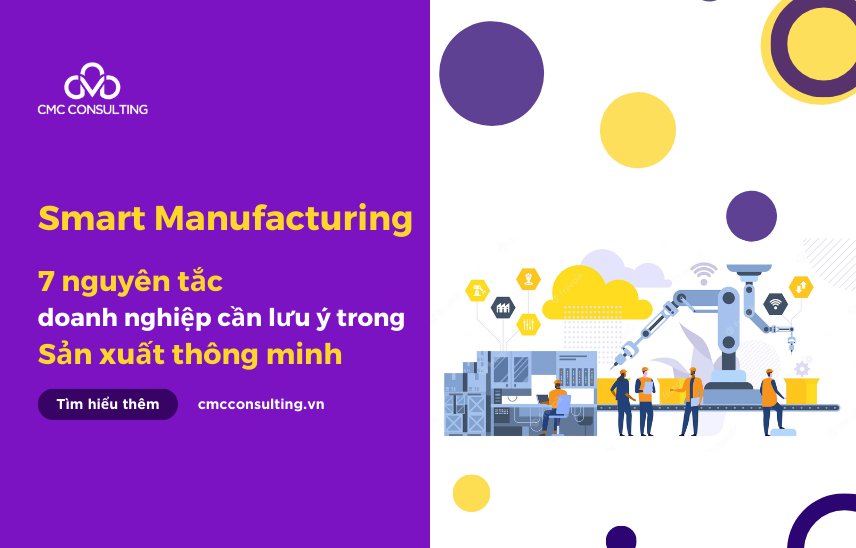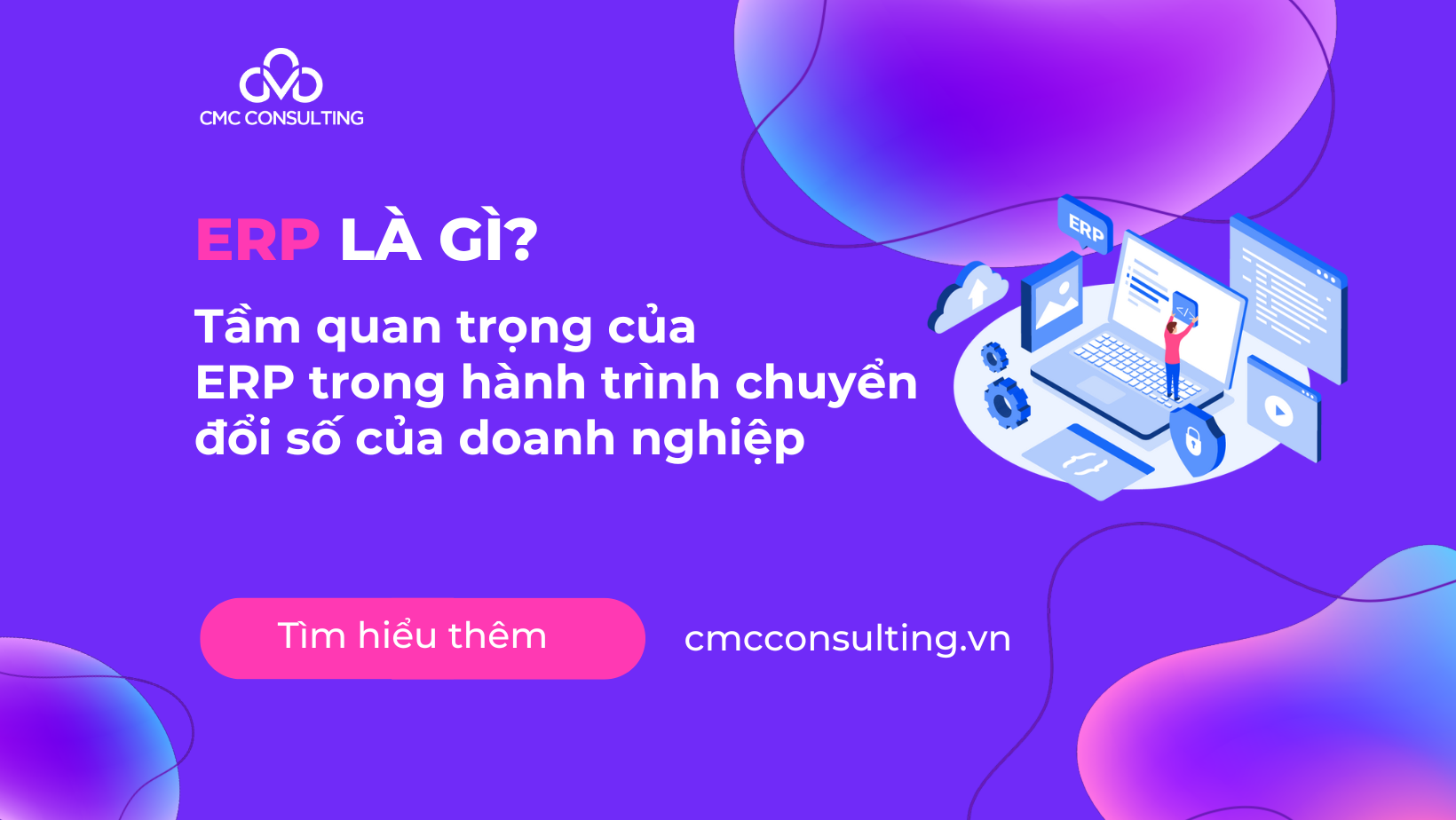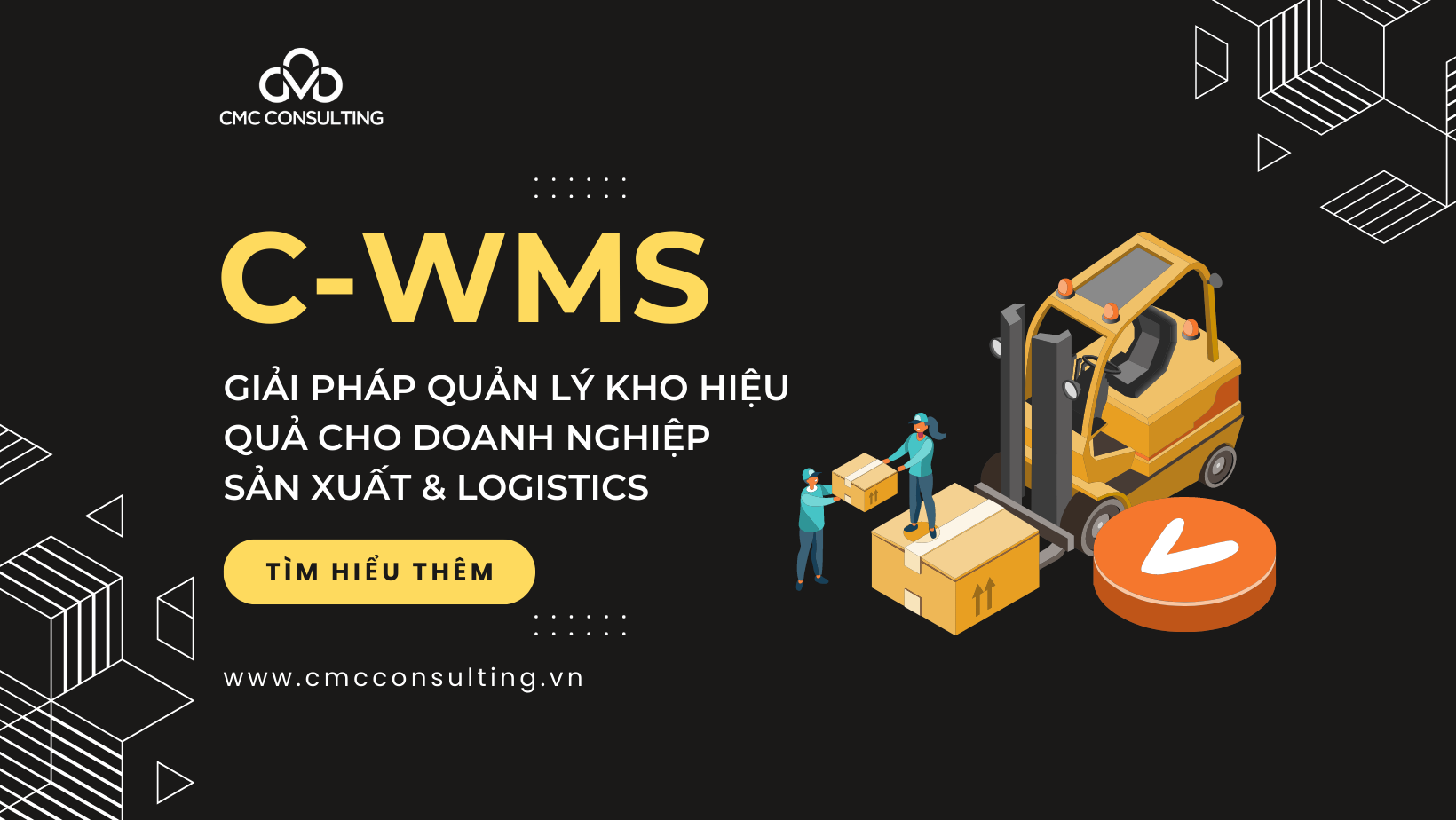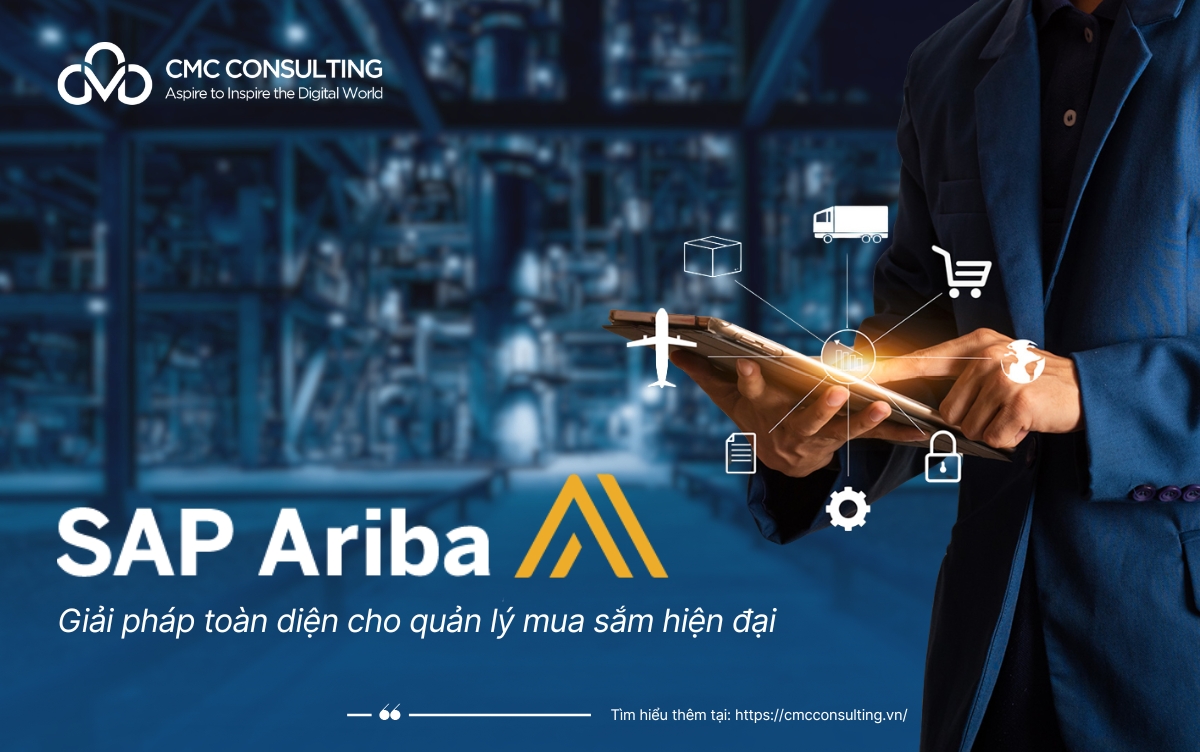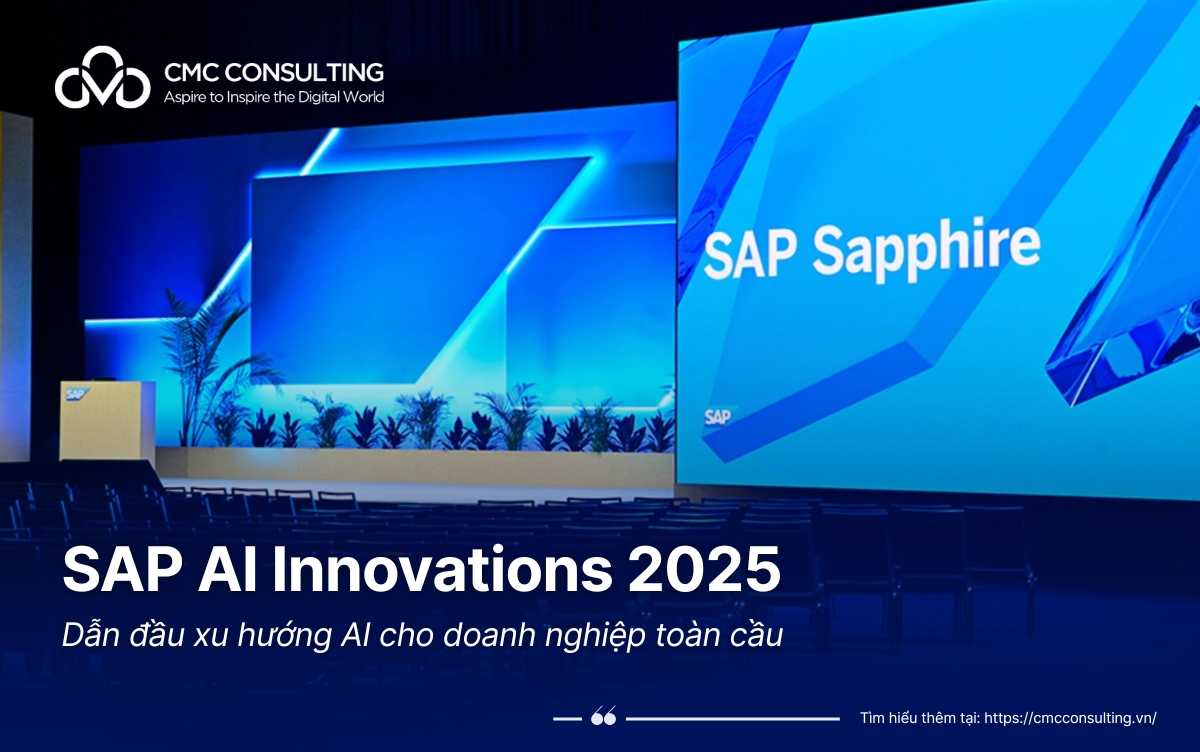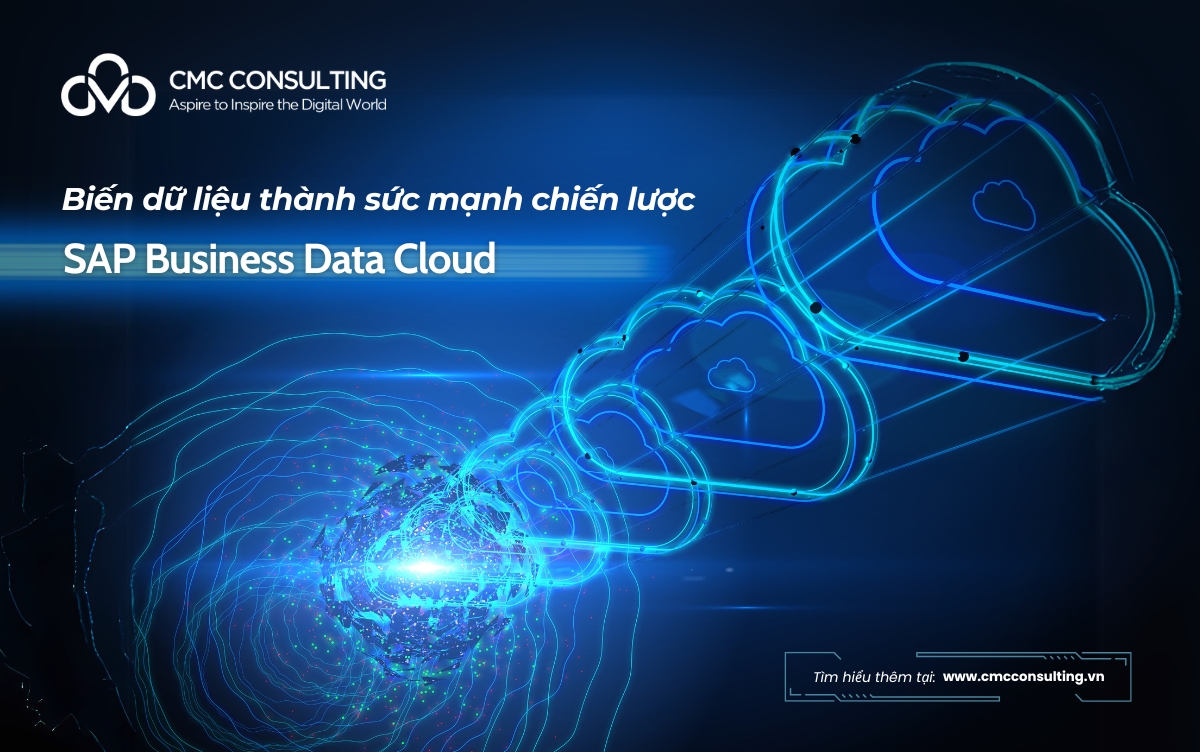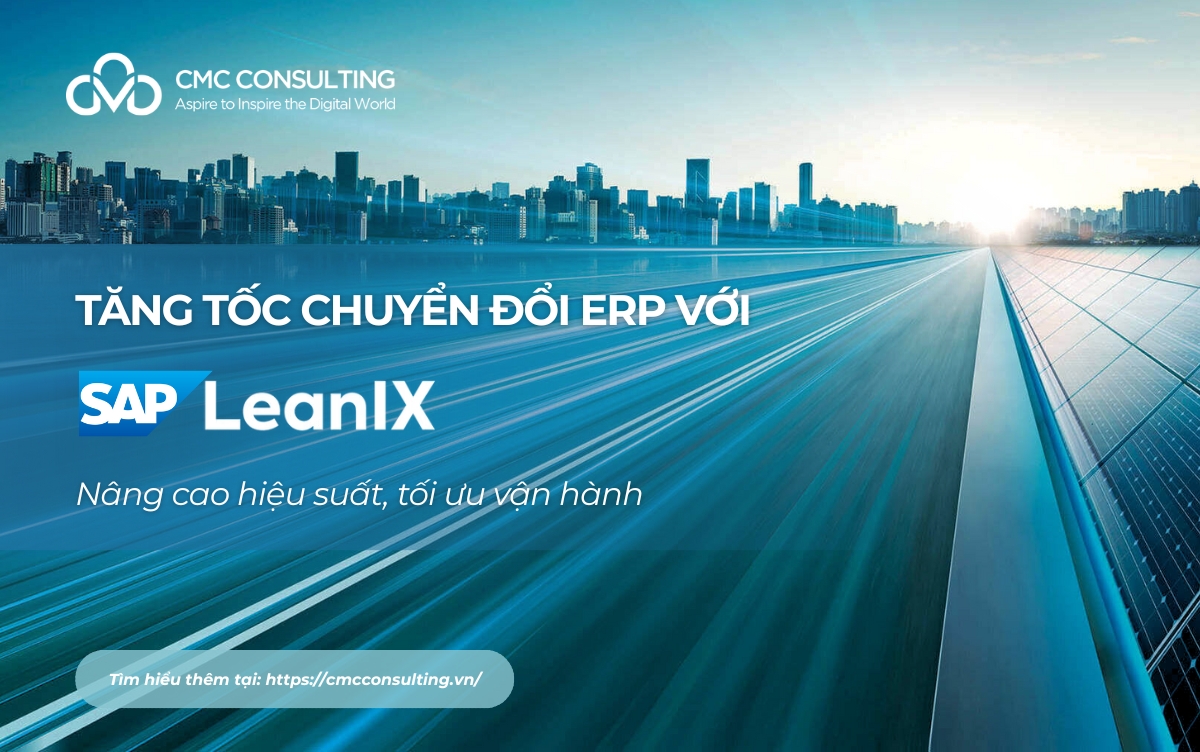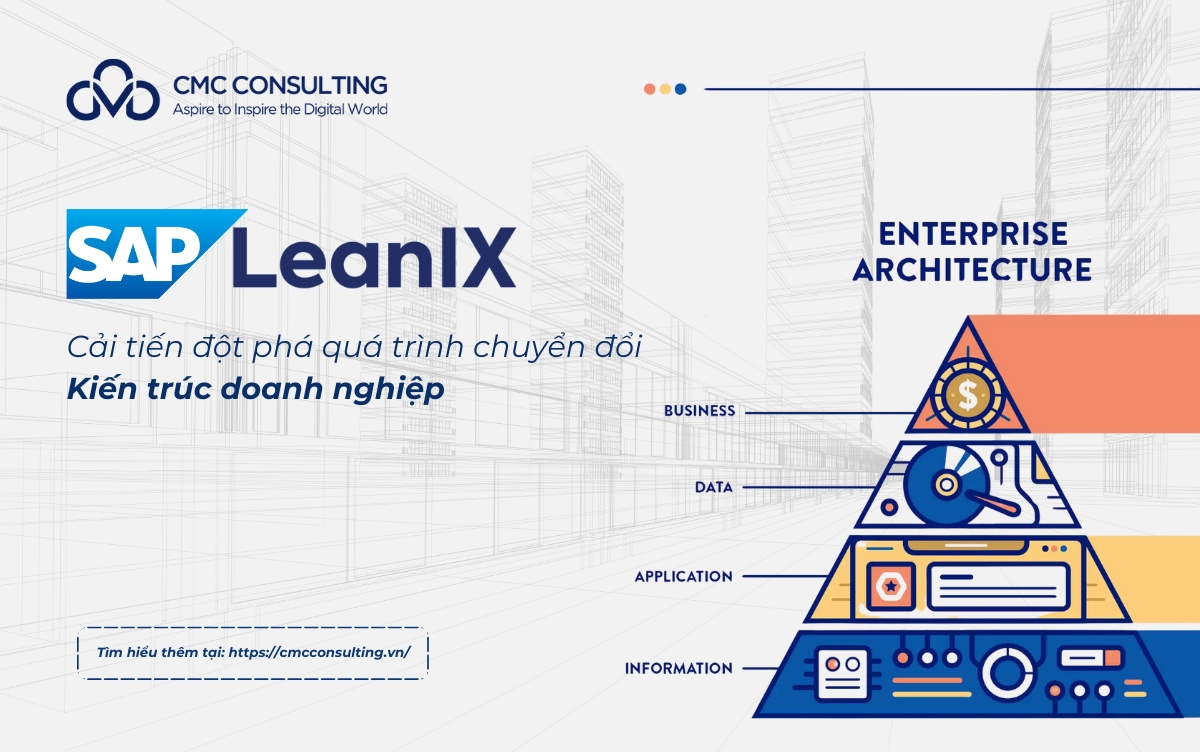In today's digital age, technology is no longer just a tool to support business strategy processes; it has become a core element, playing a pivotal role in the execution of those strategies. The rapid advancement of technology has transformed how businesses build their architecture and operations, enabling them to not only optimize their activities but also create new breakthrough opportunities in competition.
Alongside this, in order to accelerate the business transformation process, organizations must establish a strong connection between IT and other departments within the company. Software applications should also be implemented based on the context and the value they can bring to the business, rather than simply because they technically fit into the overall system. To support businesses in this regard, SAP LeanIX has expanded its business capability mapping function with greater flexibility and smarter customization options.
Business capability maps and Real-world use cases
Business capability map is a visual representation or diagram that illustrates the various capabilities of an organization and how they interrelate to support the overall business objectives. It provides a structured view of an organization’s capabilities and helps stakeholders understand how different aspects of the business work together to deliver value. An essential step of the business capability model involves creating a map typically consisting of a hierarchical structure, with higher-level capabilities decomposed into more detailed sub-capabilities.

Full spectrum of all architectures and position of business capability maps within an enterprise
Unlike processes that detail how tasks are carried out, a capability map focuses on illustrating the target outcomes and the functional areas that drive the success of the business. As a valuable tool for enterprise architects, a Business Capability Map enables discussions about investment or divestment strategies, while also having the capability to identify redundant IT positions across the entire structure.
Real-world use cases
- Merger management
Business capability maps structure organizations by their activities, making them indispensable for managing highly strategic mergers and acquisitions (M&As). These maps provide a unified framework for assessing and integrating capabilities, even when two merging organizations have vastly different processes and structures. By mapping business capabilities and linking them to applications, the company realized substantial savings and established transparency.
- IT risk management
Linking business capabilities to applications and underlying technologies allows organizations to conduct quick, technology risk assessments. By identifying dependencies, CIOs can make informed decisions to mitigate risks associated with aging or vulnerable infrastructure. This proactive approach ensures that strategic capabilities—especially those with high financial impact—remain resilient and secure.
- Innovation management
Business capabilities provide a structured way to drive innovation, enabling organizations to rethink and enhance their operations one capability at a time. By analyzing and updating specific capabilities, businesses can adapt to new trends and remain competitive. This capability-focused approach ensures that innovation efforts are targeted, measurable, and aligned with business goals.
Reference Business Capabilities


Landscapes of some reference capability maps
Users can directly import information into SAP LeanIX from the SAP reference architecture repository. This library includes a huge number of examples and template business capability maps for every industry and enterprise circumstance. These maps are based on SAP's 50 years of experience working with companies across all industries. As such, this best-practice guidance is of tremendous benefit to any organization. With SAP’s renewed and improved business capabilities in reference catalog, business capability fact sheets will be created for enterprises’ application portfolio within SAP LeanIX workspace. These will be linked to the relevant reference point within the SAP reference architecture library.
The new color-coded landscape view allows businesses to easily review, select, and import further business capabilities from the reference business architecture. The new view helps the leaders better understand the structure and relevance of the business capabilities before importing. Users can also manually link existing items to the relevant entry in order to build a comprehensive, tailored business capability map to support transformation. This will ensure that the companies are keeping up with their competitors and industry's best practice.
Values of business capability maps
- Strategic alignment
Business capabilities link execution to strategy by associating capabilities with strategic pillars. This alignment allows organizations to focus funding on core capabilities, monitor performance through key metrics, and prioritize initiatives that drive competitive advantage.
- Resource optimization
Capability-driven thinking helps uncover redundancies, enabling organizations to reduce costs and streamline operations. Capability maps guide IT architecture definitions, leading to effective and cost-efficient technology solutions. They enable organizations to reuse IT assets and avoid unnecessary hardware and software purchases.
- Comprehensive organizational view
A 360-degree view of the enterprise provides a coherent understanding of business motivations, processes, data, and resources. This transparency fosters an understanding of interconnectedness, overlaps, and synergies.
- Collaboration teams
Business capabilities establish an actionable framework that bridges communication gaps between IT and business teams. They define "what" a business does, rather than "how," providing a universal reference point for discussions and planning. By operating from a capability-centric perspective, organizations can eliminate silos across IT and business units, enabling faster time to market and more cohesive operations.

The 4 steps to creating a Business Capability model
Building any business architecture from an industry-specific, best-practice template will always be faster and less effort than starting from scratch. This gives teams more time to focus on strategic planning and execution rather than building up the groundwork. This is even more important as the market changes and technology evolves. Since the business capabilities in the LeanIX reference catalog are continuously updated, companies can rest assured that they have the guidance needed to update the landscape to match best practice. This empowers businesses to adapt and optimize architecture to succeed, no matter how the market changes.
However, to gain the most comprehensive, insightful, and objective view when implementing the SAP LeanIX Business Capability Maps, business leaders still need the evaluation and support of professors. With a team of well-experienced consultants and IT personnel in business transformation solutions, as well as in implementing those solutions for numerous organizations, both domestically and internationally, CMC Consulting will be a trusted choice for your business.
Contact today for more information!
References:
https://www.leanix.net/en/wiki/ea/business-capability
https://www.leanix.net/en/blog/sap-leanix-reference-business-capabilities




 CMC Consulting
CMC Consulting 28/02/2025
28/02/2025





